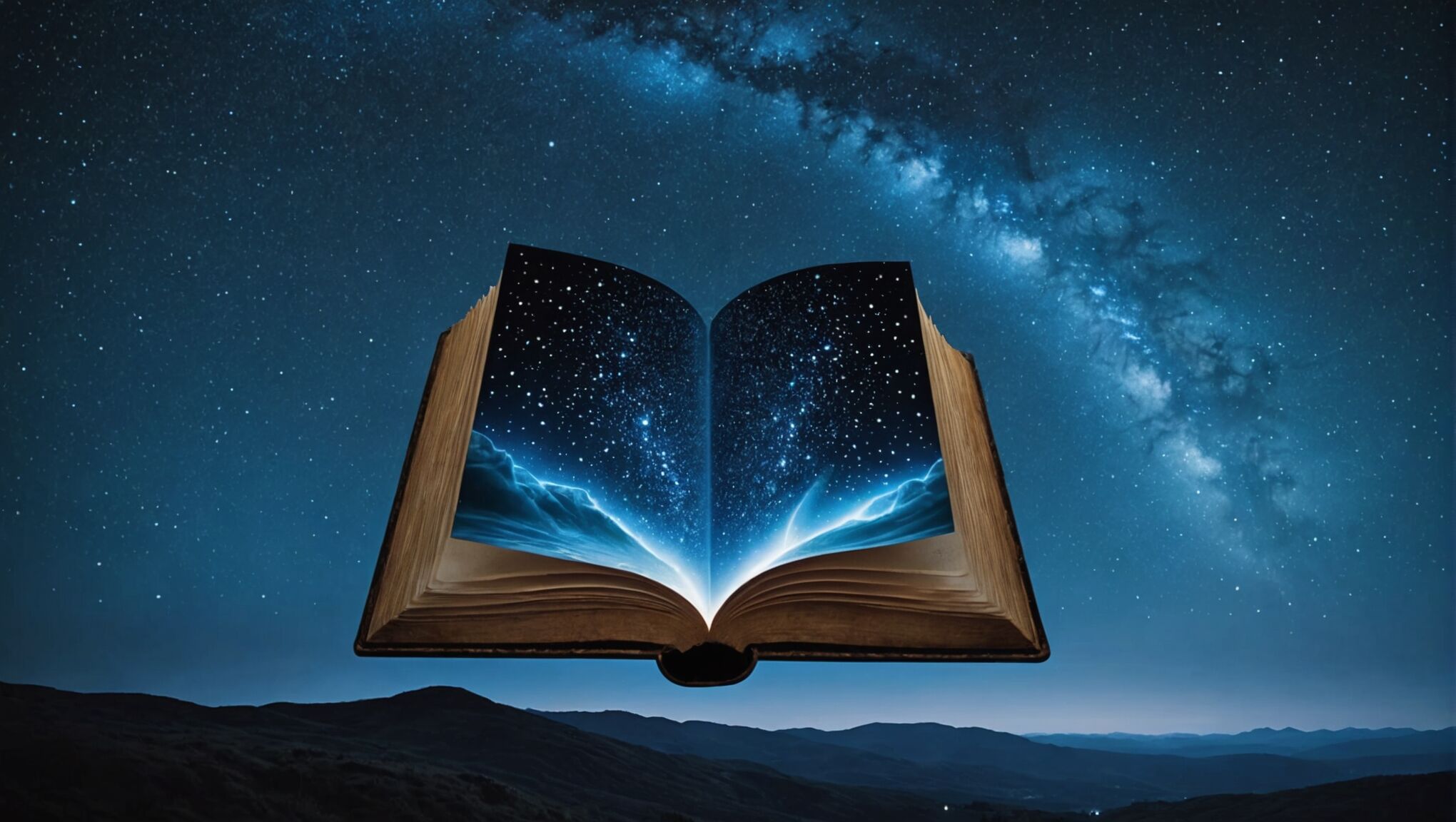blog
Visualizing Magic: Creating Fantasy Covers with Supernatural Elements
Fantasy cover art serves as a portal to otherworldly realms, captivating readers and enticing them to explore the magical worlds within. At its core, this genre of illustration aims to evoke wonder, intrigue, and a sense of the extraordinary. Successful fantasy cover artists possess a unique ability to blend reality with the impossible, creating visuals that are both familiar and fantastical. The essence of fantasy cover art lies in its power to spark imagination and transport viewers to realms beyond their everyday experience.
To truly grasp the essence of fantasy cover art, artists must immerse themselves in the genre, studying both classic and contemporary works. This involves analyzing the narrative elements, character designs, and atmospheric qualities that make fantasy covers so compelling. Artists should strive to capture the mood and tone of the story, whether it’s a dark and brooding epic or a whimsical tale of magical creatures. The cover should serve as a visual representation of the book’s themes, offering readers a tantalizing glimpse into the adventures that await them.
One crucial aspect of fantasy cover art is the ability to convey a sense of scale and grandeur. This often involves juxtaposing human or humanoid characters against vast, otherworldly landscapes or imposing magical entities. By doing so, artists can create a sense of awe and emphasize the epic nature of the story. Balancing realism with the fantastical is another key element in crafting compelling fantasy covers. While the subject matter may be supernatural, grounding it in recognizable elements helps viewers connect with the imagery on a deeper level.
Attention to detail is paramount in fantasy cover art, as it adds depth and authenticity to the imaginary worlds being depicted. This includes carefully rendering intricate costumes, magical artifacts, and supernatural creatures with convincing textures and forms. Additionally, mastering the art of visual storytelling is essential, as cover art must often convey complex narratives or character relationships in a single, striking image. By considering these elements, artists can create fantasy covers that not only capture the essence of the genre but also leave a lasting impression on viewers and potential readers.
Choosing the right supernatural elements
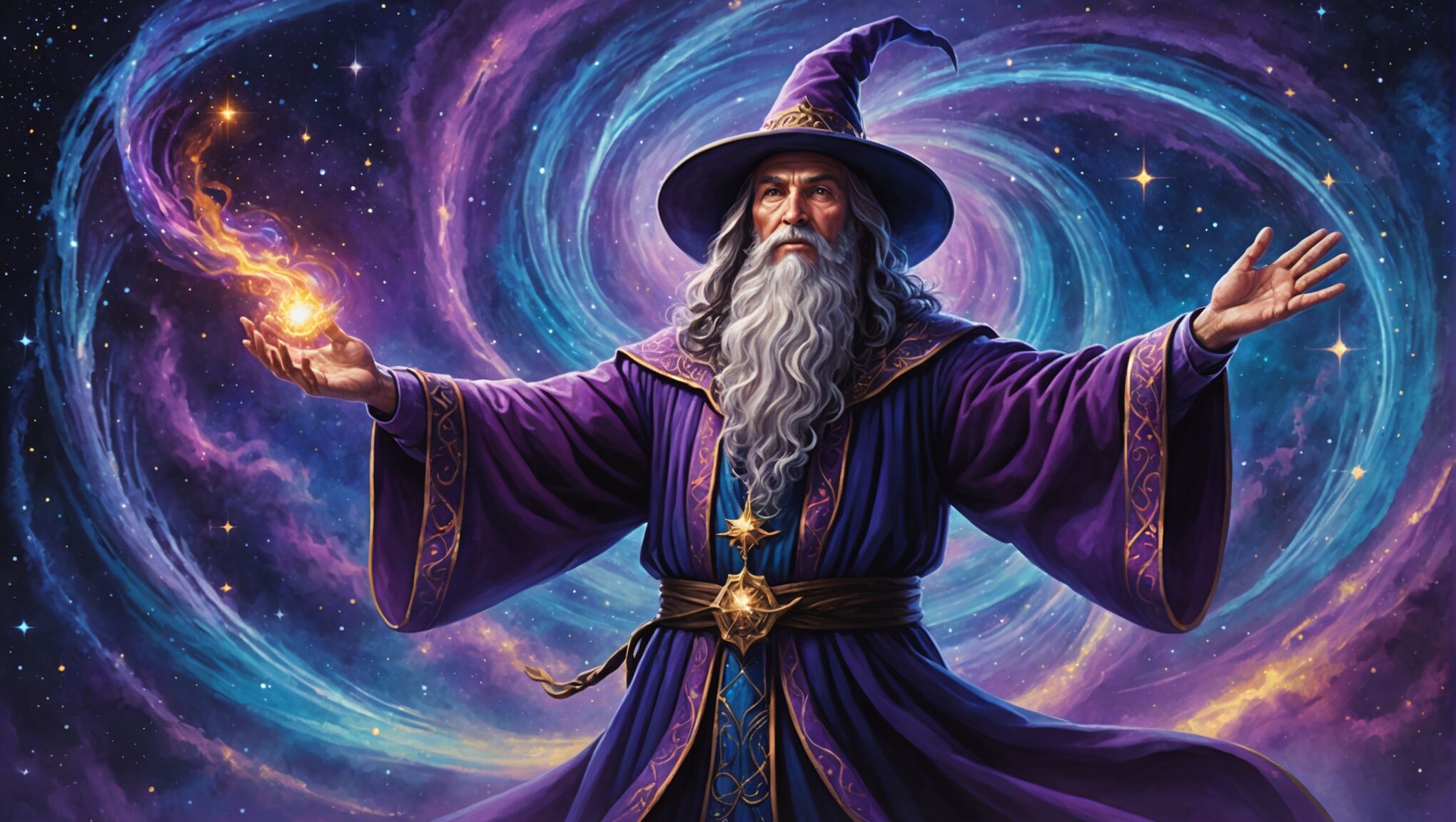 When selecting supernatural elements for fantasy cover art, it’s crucial to strike a balance between familiarity and innovation. Artists should consider the target audience and the specific subgenre of fantasy they’re working with, as this will inform the choice of elements to include. Popular supernatural motifs such as dragons, wizards, and magical creatures can be effective, but it’s important to give them a unique twist to stand out in a crowded market.
When selecting supernatural elements for fantasy cover art, it’s crucial to strike a balance between familiarity and innovation. Artists should consider the target audience and the specific subgenre of fantasy they’re working with, as this will inform the choice of elements to include. Popular supernatural motifs such as dragons, wizards, and magical creatures can be effective, but it’s important to give them a unique twist to stand out in a crowded market.
An intriguing blurb complements your cover. Visit now for tips.
One approach is to blend different mythologies or cultural traditions to create something fresh and intriguing. For example, combining Norse runes with Eastern dragons or merging Celtic fairies with Aztec deities can result in visually striking and thought-provoking imagery. However, it’s essential to research and respect the cultural origins of these elements to avoid appropriation or misrepresentation.
The best fantasy is written in the language of dreams. It is alive as dreams are alive, more real than real… for a moment at least… that long magic moment before we wake. – George R.R. Martin
Incorporating elemental magic can be a powerful way to convey supernatural forces. Fire, water, earth, and air can be personified or manipulated to create dynamic and visually appealing compositions. For instance, a character conjuring a tempest or shaping molten earth can immediately convey a sense of power and otherworldliness.
Ethereal beings and cosmic entities are another rich source of supernatural elements. Depicting abstract concepts like fate, time, or chaos as tangible entities can add depth and intrigue to a fantasy cover. These elements can be represented through intricate patterns, swirling energy, or ethereal forms that hint at powers beyond mortal comprehension.
Magical artifacts and enchanted objects offer opportunities to showcase unique designs and hint at the story’s themes. A glowing amulet, a sentient book, or a portal to another dimension can serve as focal points that draw the viewer’s eye and spark curiosity about the narrative.
When choosing supernatural elements, consider how they interact with the environment and characters. The way magic illuminates a dark forest or how a mythical creature’s presence affects its surroundings can create a sense of wonder and reinforce the fantastical nature of the scene.
It’s also important to consider the scale and impact of the supernatural elements. A towering elemental giant or a sky filled with floating islands can create a sense of awe and emphasize the epic scope of the story. Conversely, subtle magical details like glowing runes or shimmering auras can add an air of mystery and intrigue to more intimate scenes.
Ultimately, the chosen supernatural elements should enhance the overall narrative and mood of the cover. They should work in harmony with the composition, color palette, and other visual elements to create a cohesive and compelling image that captures the essence of the fantasy world within the pages.
Composition techniques for magical imagery
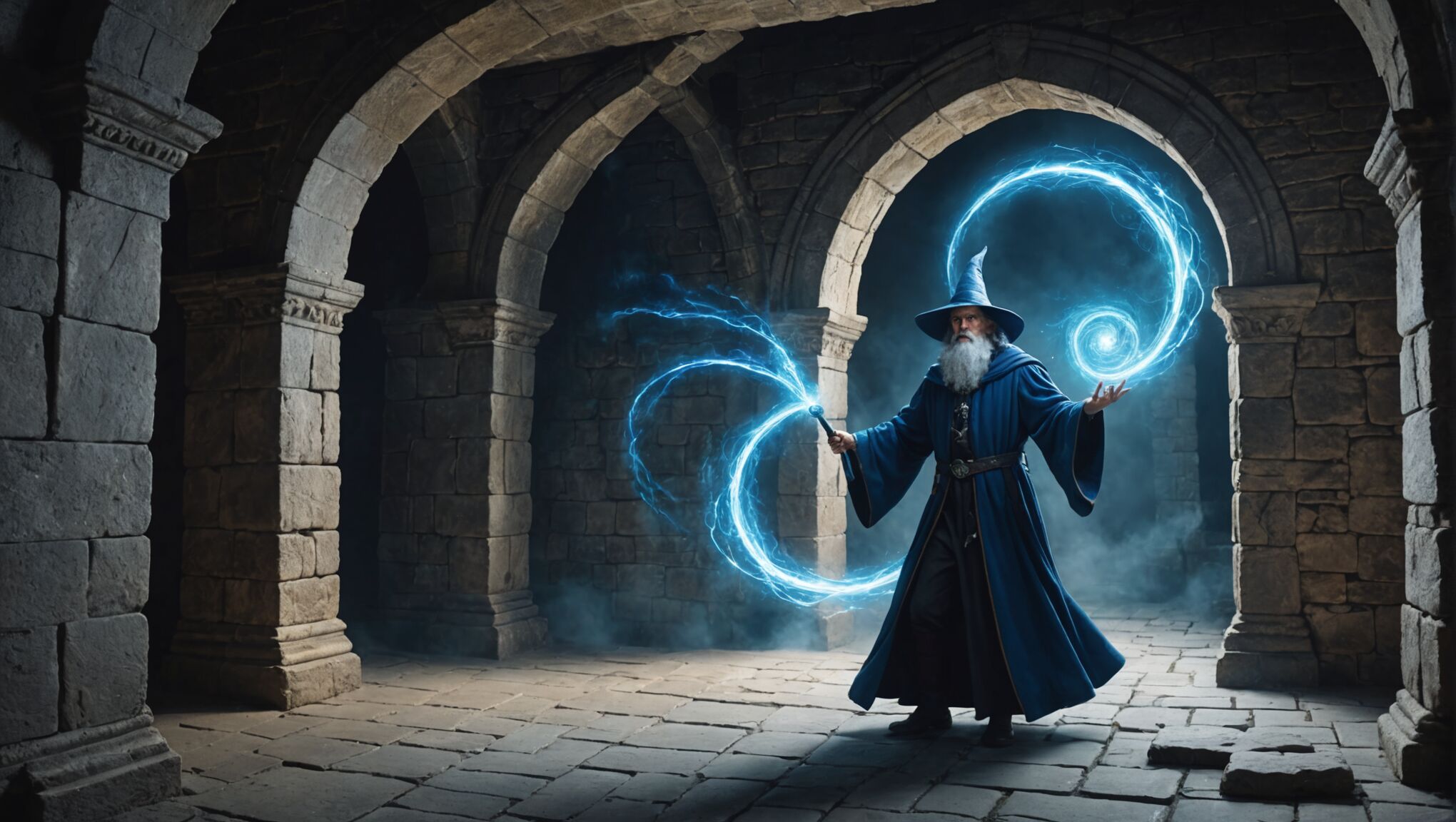
Crafting a captivating composition for fantasy cover art requires a deep understanding of visual storytelling and the ability to guide the viewer’s eye through a magical scene. One effective technique is to use leading lines, such as winding paths, streams of energy, or the trajectory of magical spells, to draw attention to key elements of the illustration. These lines can create a sense of movement and depth, enhancing the overall dynamism of the image.
The rule of thirds is particularly useful in fantasy cover design. By placing important elements along these imaginary lines or at their intersections, artists can create a balanced and visually appealing composition. For instance, positioning a wizard casting a spell at one of the intersections while placing a mythical creature or magical artifact at another can create a harmonious and intriguing layout.
Layering is another crucial technique for creating depth and dimension in magical imagery. By carefully arranging foreground, middle ground, and background elements, artists can craft a rich, immersive world that invites exploration. This could involve placing intricate magical symbols or glowing runes in the foreground, characters engaged in mystical activities in the middle ground, and awe-inspiring landscapes or celestial phenomena in the background.
Framing devices can be particularly effective in fantasy cover art. Natural elements like trees, archways, or swirling mist can be used to frame the central action or character, drawing focus and adding a sense of mystery. Magical portals or windows to other realms can serve a similar purpose while also hinting at the broader fantasy world beyond the immediate scene.
Asymmetry and balance play a crucial role in creating visually striking compositions. While perfect symmetry can sometimes feel static, a carefully balanced asymmetrical layout can create tension and visual interest. This might involve juxtaposing a large, imposing magical creature with a small, determined hero, or contrasting areas of intricate detail with simpler, more open spaces.
The use of scale and perspective is vital in conveying the epic nature of many fantasy narratives. Employing dramatic angles, such as low viewpoints to make characters appear more heroic or high vantage points to showcase vast magical landscapes, can significantly impact the viewer’s perception of the scene. Exaggerating the size difference between elements, like a tiny fairy next to a colossal dragon, can create a sense of wonder and emphasize the fantastical nature of the world.
Negative space should not be overlooked in fantasy cover composition. Strategic use of empty areas can provide relief from complex magical elements and guide the viewer’s focus. It can also be creatively employed to suggest hidden shapes or creatures, adding an extra layer of intrigue to the design.
Incorporating visual hierarchy is essential to ensure that the most important elements of the cover stand out. This can be achieved through size, color, contrast, and placement. The main character or central magical element should typically be the focal point, with supporting elements arranged to complement and enhance the overall composition without overwhelming it.
The concept of visual flow is crucial in fantasy cover design. The arrangement of elements should create a natural path for the eye to follow, guiding the viewer through the magical scene and revealing its secrets in a deliberate order. This flow can be enhanced by the direction of gazes, gestures, or magical effects within the composition, creating a narrative that unfolds visually and entices the reader to delve into the story.
Color theory in fantasy illustration
Color plays a pivotal role in fantasy illustration, serving as a powerful tool to evoke emotions, create atmosphere, and convey the magical essence of otherworldly realms. The strategic use of color can transform a simple scene into a captivating fantasy landscape, imbuing it with mood, energy, and supernatural qualities.
When selecting a color palette for fantasy cover art, artists often draw inspiration from natural phenomena, such as auroras, sunsets, or deep-sea bioluminescence. These sources provide vibrant, otherworldly hues that can be amplified or combined in unusual ways to create a sense of magic and wonder. For instance, a twilight sky with swirling purples, blues, and pinks can suggest a portal to another dimension, while golden light infused with sparkling particles might indicate the presence of powerful magic.
Complementary color schemes are particularly effective in fantasy illustration, as they create visual tension and energy. Pairing warm oranges with cool blues or vibrant purples with luminous yellows can make magical elements pop and create a sense of dynamic contrast. This technique is especially useful for highlighting supernatural phenomena or magical auras surrounding characters or objects.
| Color Combination | Emotional/Magical Association |
| Deep Blues and Purples | Mystery, Night Magic, Cosmic Power |
| Fiery Reds and Oranges | Passion, Destruction, Elemental Fire |
| Ethereal Whites and Silvers | Purity, Divine Magic, Ethereal Beings |
| Rich Greens and Earthy Browns | Nature Magic, Ancient Forests, Elemental Earth |
The use of analogous color schemes can create harmonious and immersive fantasy environments. Blending shades of blue, teal, and green can evoke underwater kingdoms or enchanted forests, while gradients of warm yellows, oranges, and reds might represent magical deserts or realms of eternal sunset.
Saturation and value play crucial roles in establishing the mood and focus of a fantasy illustration. Highly saturated colors can convey intense magical energy or vibrant, fantastical worlds, while muted tones might suggest ancient, forgotten realms or subtle, mysterious magic. By manipulating the value of colors, artists can create depth and dimensionality, using darker values to push elements into the background and lighter values to bring important magical elements to the forefront.
Color temperature is another essential consideration in fantasy cover art. Warm colors tend to advance and create a sense of energy and action, making them ideal for depicting active magic or fiery creatures. Cool colors recede and can evoke a sense of calm or mystery, perfect for portraying ice magic, ethereal beings, or distant magical landscapes.
The strategic use of accent colors can draw attention to key magical elements or create focal points within the composition. A small splash of vibrant color amidst a more muted palette can instantly highlight a magical artifact or supernatural creature, guiding the viewer’s eye to the most important aspects of the scene.
Gradients and color transitions are particularly effective in creating a sense of magic and otherworldliness. Smooth transitions between colors can suggest the blending of different magical energies or the shifting nature of fantasy realms. Abrupt color changes, on the other hand, can indicate magical boundaries or the collision of different supernatural forces.
Light sources in fantasy illustrations often defy natural laws, providing opportunities for creative color use. Magical glows, ethereal auras, and supernatural illumination can be rendered in unexpected hues, casting colorful shadows and reflections that enhance the fantastical atmosphere of the scene.
Lastly, the psychological impact of colors should not be overlooked in fantasy cover design. Different cultures may associate specific colors with particular magical concepts or emotions, and artists can leverage these associations to create more resonant and evocative imagery. By carefully considering the interplay of colors, artists can craft fantasy covers that not only capture the eye but also transport viewers to realms of magic and wonder.
Incorporating symbolism and mystical motifs
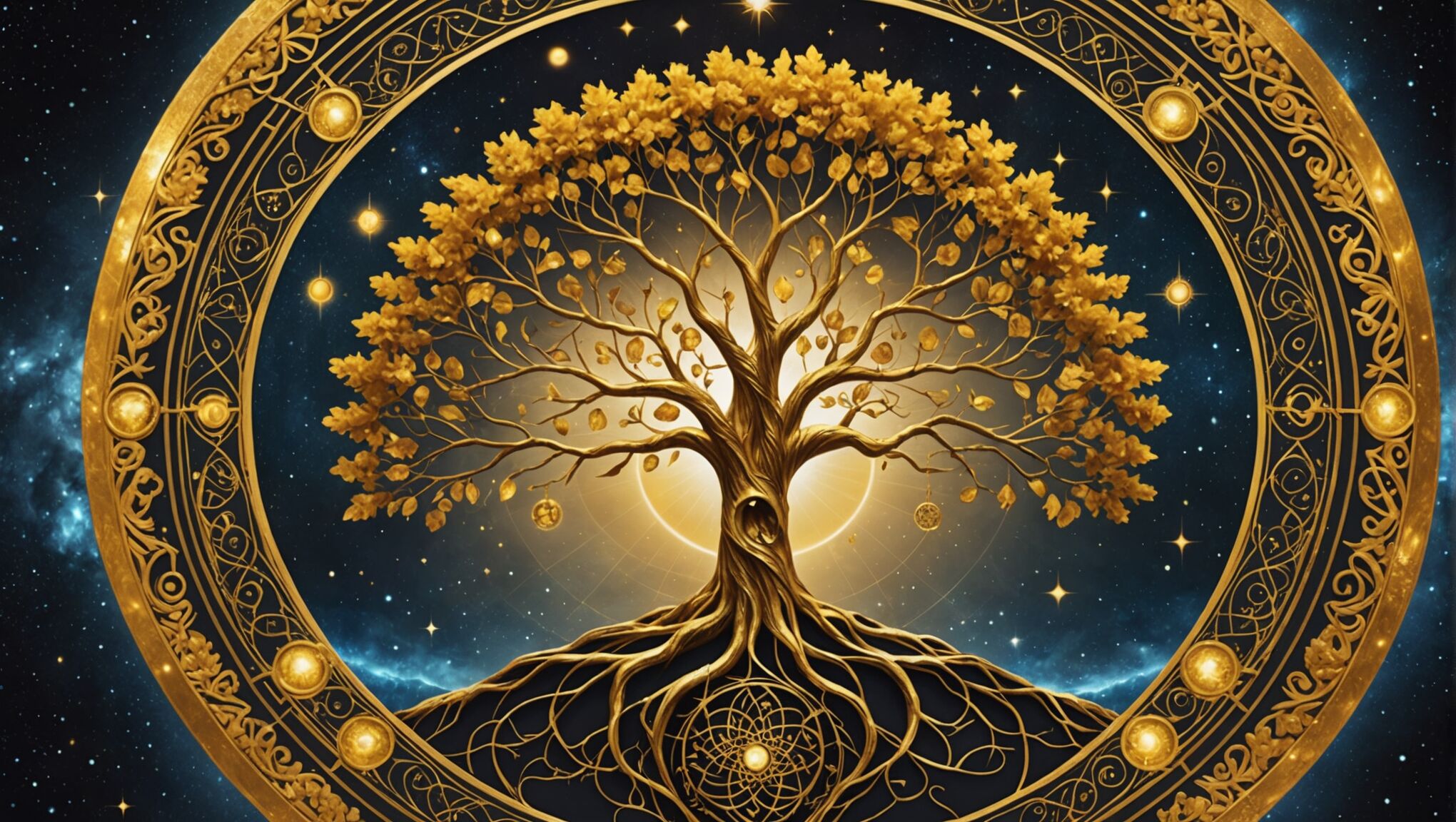 Symbolism and mystical motifs are powerful tools in the arsenal of fantasy cover artists, allowing them to infuse their work with deeper meaning and create a visual language that speaks directly to the subconscious. These elements can elevate a cover from mere illustration to a rich tapestry of hidden meanings and esoteric references.
Symbolism and mystical motifs are powerful tools in the arsenal of fantasy cover artists, allowing them to infuse their work with deeper meaning and create a visual language that speaks directly to the subconscious. These elements can elevate a cover from mere illustration to a rich tapestry of hidden meanings and esoteric references.
Ancient symbols and sigils offer a wealth of material for fantasy artists. The Tree of Life, the Ouroboros, and the Ankh are just a few examples of symbols that carry significant weight across various cultures and can be seamlessly integrated into fantasy artwork. By incorporating these elements, artists can tap into a collective unconscious, evoking a sense of timelessness and universal truth that resonates with viewers.
Alchemical symbols provide another rich vein of imagery for fantasy covers. The fusion of science and mysticism represented by alchemy aligns perfectly with many fantasy narratives. Symbols for the four elements, planetary bodies, or the stages of the Great Work can be woven into backgrounds, character designs, or magical artifacts, adding layers of meaning for those versed in esoteric lore.
Astrological motifs offer a cosmic dimension to fantasy artwork. Constellations, zodiac signs, and celestial bodies can be incorporated into character designs, landscapes, or magical effects. These elements not only add visual interest but also hint at the influence of cosmic forces on the story’s events.
Sacred geometry is a powerful tool for creating visually striking and symbolically rich compositions. The golden ratio, spirals, and intricate mandalas can be used to structure layouts or form the basis of magical designs. These mathematical patterns suggest an underlying order to the universe, even in fantastical realms.
Mythical creatures and beings from various cultural traditions can serve as potent symbols in fantasy cover art. The phoenix, representing rebirth and transformation, or the world serpent, embodying cycles and eternity, can add depth to a composition while hinting at the story’s themes.
Color symbolism plays a crucial role in conveying mystical concepts. The traditional associations of colors with elements, chakras, or spiritual concepts can be leveraged to create a cohesive symbolic language within the artwork. For example, the use of indigo might suggest intuition and inner wisdom, while gold could represent divine illumination or alchemical transformation.
Numerology can be subtly incorporated into fantasy covers through the repetition of significant numbers in design elements. The number three, associated with trinities and completeness, or seven, often linked to mystical perfection, can be reflected in the composition’s structure or the arrangement of magical elements.
Archetypal imagery, such as the hero’s journey stages or Jungian archetypes, can be visually represented to resonate with viewers on a subconscious level. The wise mentor, the shadow self, or the divine child are powerful symbols that can be incorporated into character designs or symbolic elements within the cover.
Mystical writing systems, such as runes, ogham, or fictional magical alphabets, can add an air of mystery and authenticity to fantasy covers. These can be used to frame the composition, form part of magical effects, or be integrated into character designs to suggest hidden knowledge or power.
The interplay between light and shadow can serve as a powerful symbolic element, representing the balance between good and evil, knowledge and ignorance, or the seen and unseen realms. Chiaroscuro techniques can be employed to create dramatic contrasts that hint at these dualities.
By thoughtfully incorporating these symbolic and mystical elements, artists can create fantasy covers that not only catch the eye but also engage the mind and spirit. The challenge lies in balancing these esoteric elements with the need for a visually appealing and marketable cover. When done skillfully, the result is a piece of art that continues to reveal new layers of meaning with each viewing, inviting readers to delve deeper into the mysterious worlds hinted at on the cover.
Digital tools and techniques for fantasy cover creation
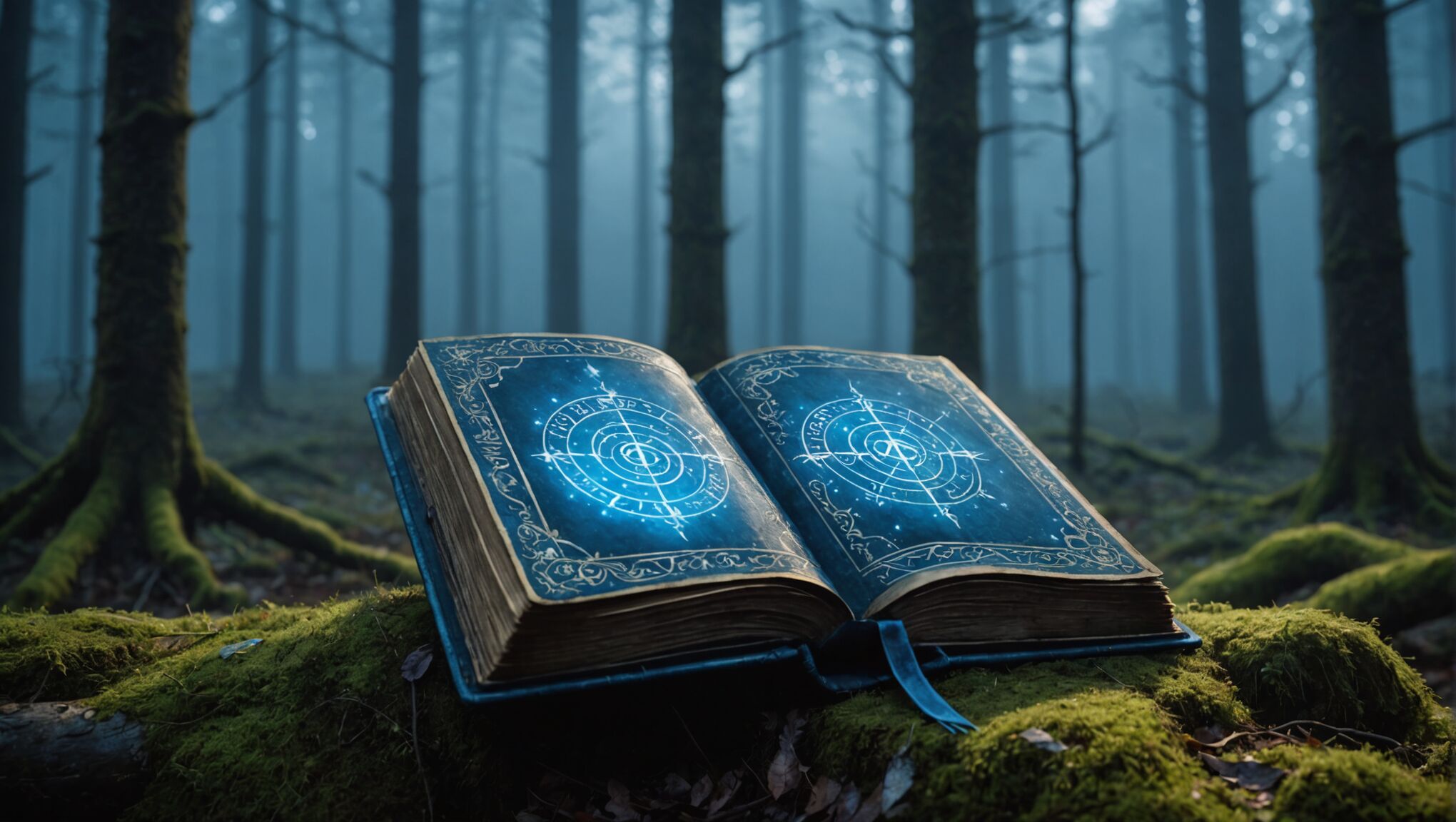
In the realm of digital art, a plethora of tools and techniques are available to fantasy cover artists, enabling them to bring their magical visions to life with unprecedented detail and flexibility. Software such as Adobe Photoshop, Corel Painter, and Procreate have become industry standards, offering a wide range of brushes, filters, and effects that can simulate traditional media or create entirely new textures and surfaces.
One of the most powerful techniques in digital fantasy illustration is the use of layering. Artists can create complex compositions by working on separate layers for background elements, characters, magical effects, and atmospheric details. This approach allows for easier editing and refinement of individual elements without affecting the entire piece. Advanced layer blending modes can be employed to create ethereal glows, magical auras, and otherworldly light effects that are difficult to achieve with traditional media.
Custom brushes have revolutionized digital fantasy art, allowing artists to create unique textures and patterns with ease. Many artists develop their own brush sets to represent specific elements like foliage, fur, scales, or magical energy. These custom tools can significantly speed up the creation process and lend a distinctive style to the artwork.
3D modeling software such as ZBrush or Blender is increasingly being integrated into the fantasy cover creation workflow. Artists can sculpt intricate creatures, design complex magical artifacts, or build entire fantasy landscapes in 3D, then render and paint over them in 2D software. This technique, known as 3D concepting, allows for precise control over perspective, lighting, and form.
Digital painting tablets with pressure sensitivity and tilt recognition have become essential tools for many fantasy artists. These devices allow for a more natural drawing experience, mimicking traditional media while offering the benefits of digital workflows. High-end models even feature built-in displays, enabling artists to work directly on the screen for enhanced precision and control.
Procedural texturing and generation tools like Substance Designer can be invaluable for creating intricate patterns, magical symbols, and fantastical textures. These programs use node-based systems to generate complex, tileable textures that can be applied to various elements of the cover art, from mystical runes to dragon scales.
Color grading and adjustment layers play a crucial role in establishing the mood and atmosphere of fantasy covers. Artists can use these tools to fine-tune the overall color palette, enhance contrast, and create cohesive lighting effects that tie all elements of the composition together. Gradient maps and color lookup tables (LUTs) are particularly useful for quickly applying and experimenting with different color schemes.
Particle systems and dynamic brushes enable artists to create fluid, organic magical effects such as swirling mists, sparkling energy, or flowing liquids. These tools can add a sense of movement and life to static images, enhancing the magical quality of the illustration.
Digital collage techniques allow artists to combine photographic elements with painted components, creating unique textures and realistic details that would be time-consuming to render entirely by hand. However, it’s crucial to blend these elements seamlessly to maintain a cohesive look.
Post-processing effects such as lens flares, light rays, and atmospheric fog can add depth and dimensionality to fantasy covers. Used judiciously, these effects can enhance the sense of magic and wonder in the scene without overwhelming the core composition.
As technology advances, new tools like AI-assisted art generation and virtual reality painting are beginning to make their mark on fantasy illustration. While controversial, these technologies offer exciting possibilities for conceptualization and rapid iteration in the early stages of cover design.
Mastering these digital tools and techniques requires dedication and practice, but they offer fantasy cover artists unprecedented creative freedom and efficiency. The key is to use technology as a means to enhance artistic vision, rather than relying on it as a crutch. By combining digital proficiency with a strong foundation in traditional art principles, illustrators can create captivating fantasy covers that push the boundaries of imagination and bring magical worlds to life.

